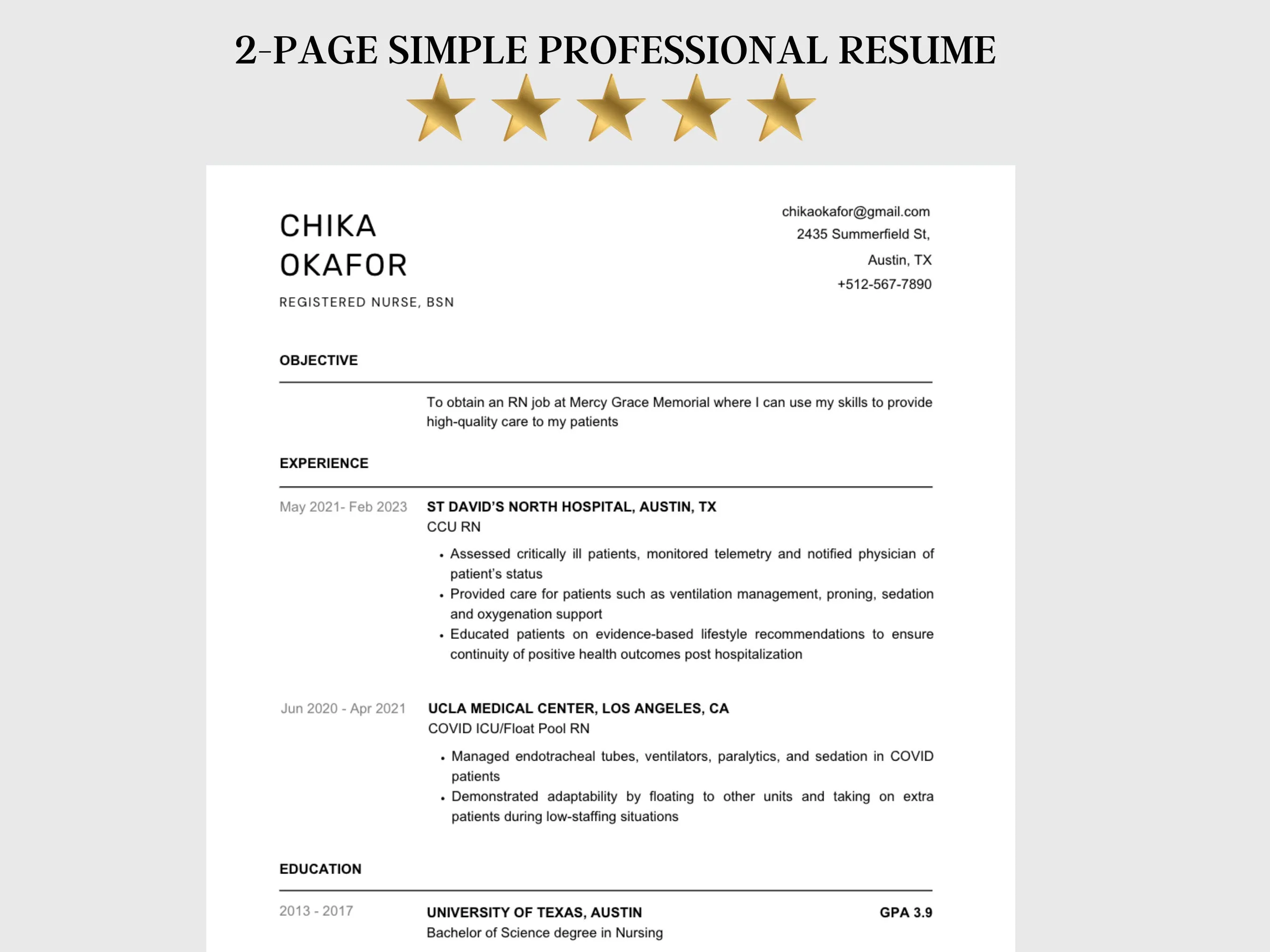The Power of a Cover Letter
In the competitive landscape of job applications, a well-crafted cover letter can be your secret weapon. It is your first opportunity to make a strong impression on a potential employer, providing context to your resume and showcasing your personality, skills, and enthusiasm for the role. Often overlooked, a cover letter is not merely a formality, but a critical tool that sets the stage for a successful job application. It offers a space to personalize your application, going beyond the constraints of your resume to highlight the unique value you bring to the table. A compelling cover letter can transform a standard application into a memorable introduction, increasing your chances of landing an interview and ultimately, the job.
Why a Cover Letter is Essential
A cover letter serves several important purposes in your job application. First, it provides a narrative that complements your resume. While your resume lists your qualifications and experiences, your cover letter allows you to explain how those experiences align with the specific job requirements and what you hope to achieve in the role. It’s also an opportunity to express your personality, which helps you stand out from other applicants. It allows you to demonstrate your communication skills and attention to detail. The ability to write a clear, concise, and engaging cover letter indicates your professionalism and your genuine interest in the position. When applying for a job, a well-written cover letter shows that you care enough to put in the extra effort, making you a more attractive candidate.
Setting the Tone
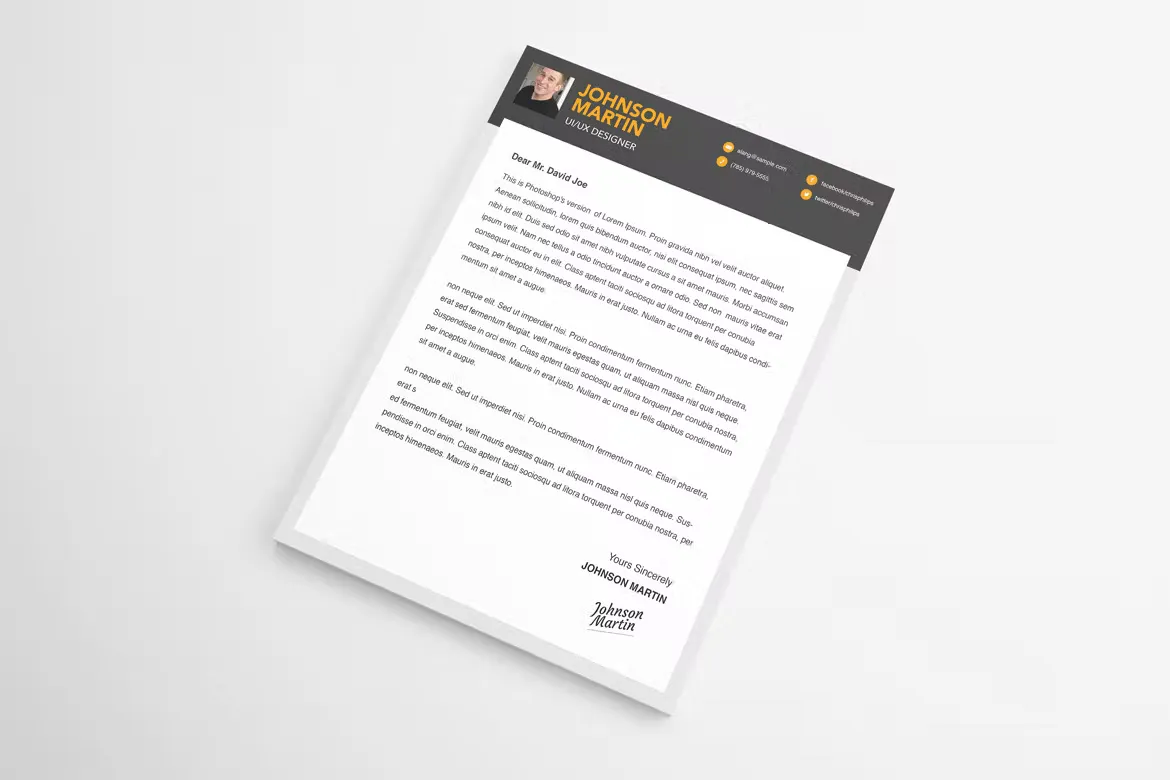
The tone of your cover letter should always be professional and enthusiastic. This is a formal communication, so maintain a respectful and polite tone throughout. Begin by addressing the hiring manager by name, if possible; if you can’t find a name, use a general greeting, like “Dear Hiring Manager.” The tone should be positive and energetic, reflecting your passion for the role and the company. Use language that conveys confidence without arrogance. Let your personality shine through, but always remain professional. Proofread the letter to ensure the tone aligns with the job’s expectations and the company culture. A well-set tone can make the difference between an application that gets read and one that gets quickly set aside.
Top 5 Cover Letter Secrets
Highlighting Relevant Skills
One of the most effective secrets of a powerful cover letter is to focus on the skills that are most relevant to the job you are applying for. Take the time to carefully review the job description and identify the key skills the employer is seeking. These might include technical skills, soft skills, or specific experience areas. Then, in your cover letter, highlight those skills with clear examples of how you’ve used them in the past. Use action verbs to describe what you did and what results you achieved. This approach demonstrates that you possess the necessary skills to succeed in the role and provides tangible evidence to support your claims.
Matching Skills to Job Requirements
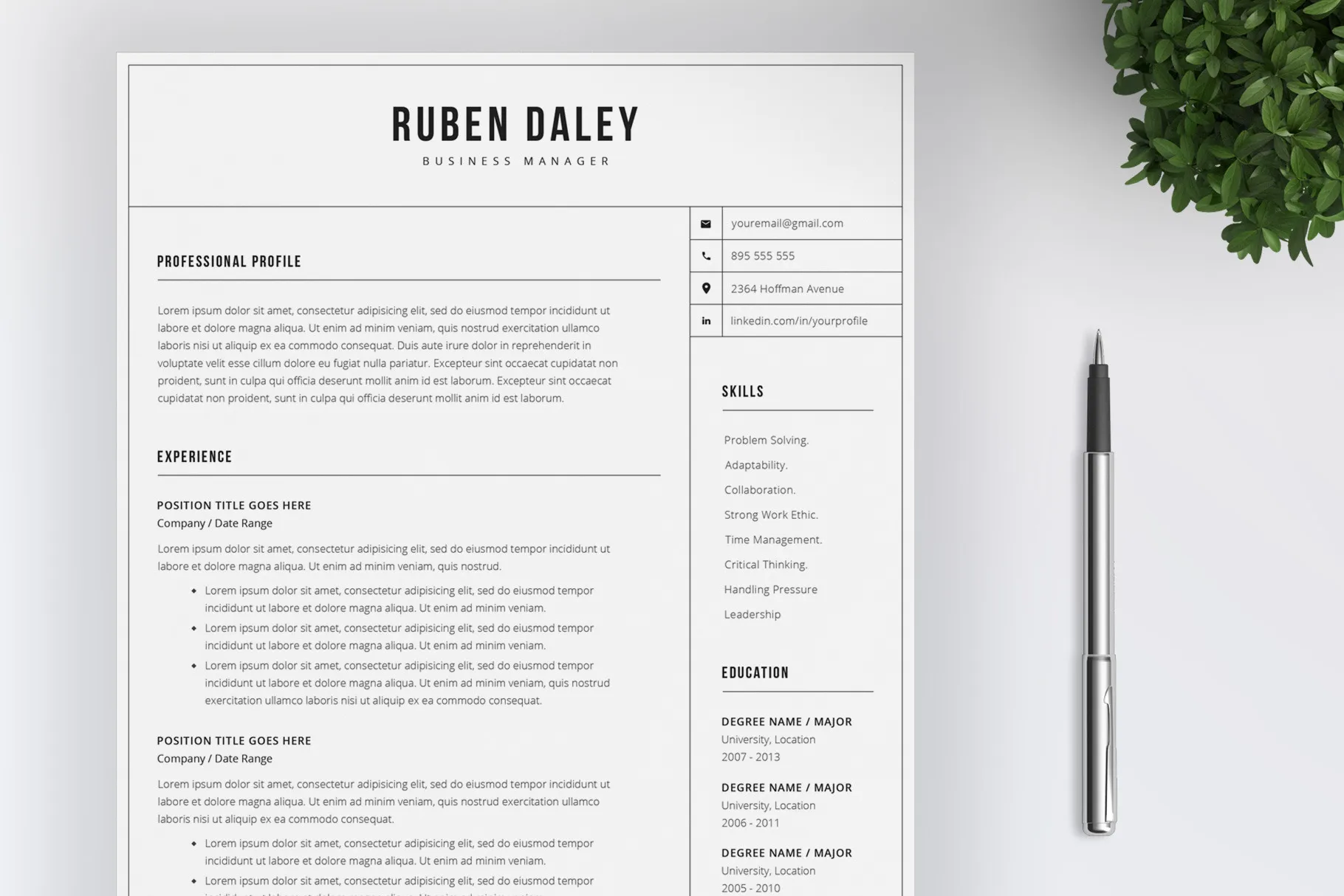
To effectively match your skills with the job requirements, begin by creating a list of the skills mentioned in the job description. Next, review your resume and your past work experiences to identify specific instances where you have used these skills. Then, incorporate these examples into your cover letter, emphasizing how your skills align with what the employer is looking for. Use keywords from the job description to ensure your letter is easily scannable by applicant tracking systems (ATS) if applicable. For each skill, provide a brief example that illustrates your proficiency. This will provide concrete evidence to back up your claims and make your application more compelling.
Showcasing Your Achievements
A compelling cover letter goes beyond just listing your responsibilities; it showcases your achievements. Instead of simply stating what you did in previous roles, focus on the positive outcomes and results you delivered. Think about what you accomplished in each role. This might include projects completed, problems solved, or improvements made. Use specific examples and quantify your achievements whenever possible. By demonstrating what you have done in past roles, you provide employers with solid evidence of the value you can bring to their company. Highlighting your achievements shows that you are a results-oriented professional who is capable of making a positive impact.
Quantifying Your Accomplishments
Quantifying your accomplishments is a powerful technique for making your cover letter more impactful. Whenever possible, use numbers and data to demonstrate the extent of your achievements. For example, instead of saying “Improved customer satisfaction,” you could say “Increased customer satisfaction by 15%.” If you managed a project, state the budget and how you managed the project. When providing examples, be as specific as possible. These concrete details make your accomplishments much more convincing. This method not only highlights your successes but also underscores your analytical skills. Quantifying your achievements shows that you have the ability to measure and evaluate your performance.
Demonstrating Enthusiasm
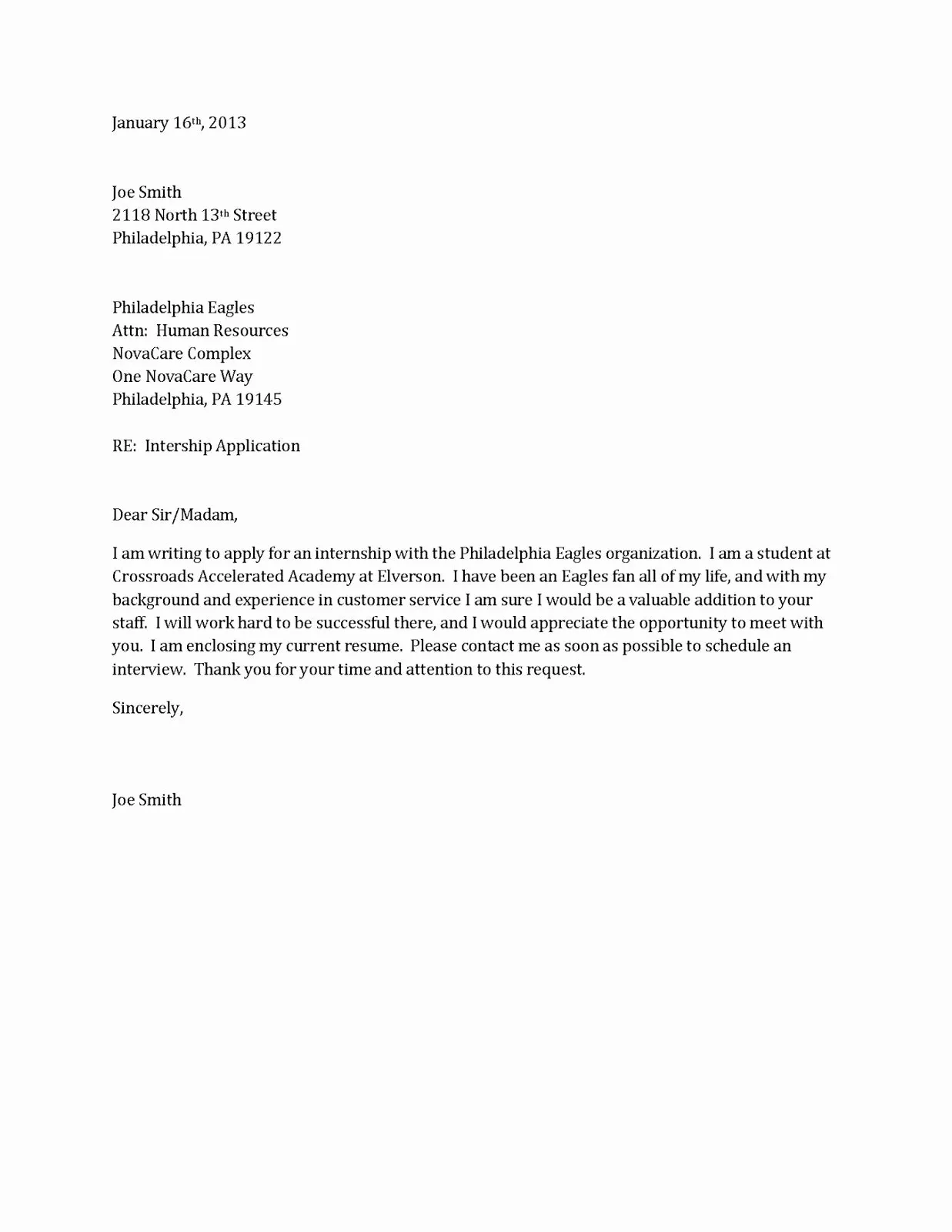
Expressing genuine enthusiasm is a key ingredient of a successful cover letter. Employers want to hire people who are passionate about their work and interested in the opportunity. In your cover letter, clearly articulate why you are interested in the specific job and the company. Showcase your knowledge of the company’s mission, values, and recent achievements. Referencing something you admire about the company helps to showcase the job and why you chose to apply. This demonstrates that you’ve done your research and are genuinely interested in joining their team. Your enthusiasm should be evident throughout your letter, from your opening statement to your closing remarks. This will help you make a positive impression.
Expressing Your Interest
Expressing your interest requires more than simply stating that you want the job. You need to explain why you want the job. Mention something specific about the role that excites you, such as the opportunity to work on a particular project or collaborate with a specific team. Showing that you have researched the company and its values can also strengthen your statement. You might also briefly mention how the job aligns with your long-term career goals. Make sure your expression of interest is authentic and sincere. This helps you make a connection with the hiring manager. Showing your enthusiasm for the specific opportunity will help you stand out.
Tailoring Your Letter
One of the most effective secrets of a compelling cover letter is tailoring it to each specific job you apply for. A generic cover letter that is sent to every employer will appear impersonal and insincere. Take the time to customize your letter for each role, showing the hiring manager that you understand the specific requirements of the job. This involves researching the company, understanding its culture, and reviewing the job description carefully. Tailoring demonstrates that you have invested time and effort into your application, which can significantly increase your chances of success. This extra effort shows that you care about the specific job and are committed to the company.
Customizing to Each Role
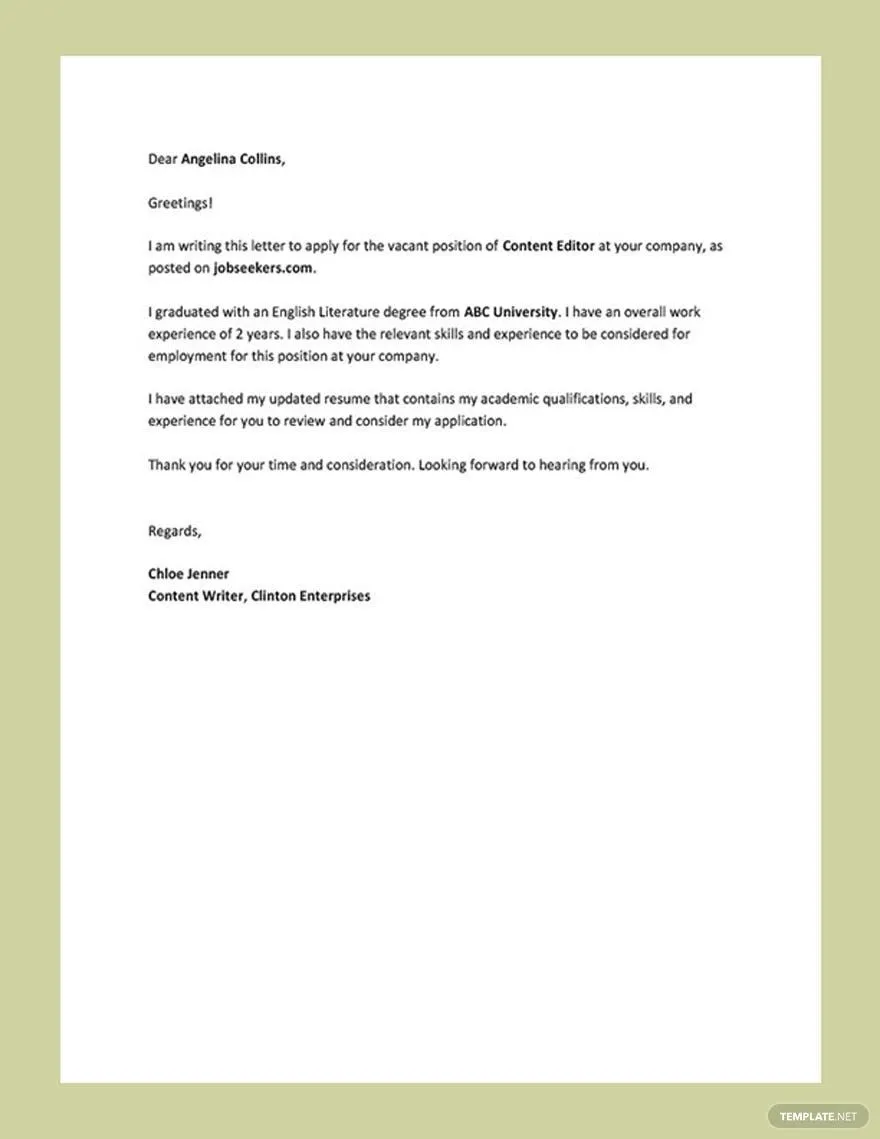
To customize your cover letter, start by carefully reviewing the job description and identifying the key requirements. Next, research the company to learn about its mission, values, and recent projects. Then, highlight the skills and experiences that are most relevant to the job description. Explain how your background aligns with their needs and what you can bring to the role. Use keywords from the job description to ensure your application is easily scannable by applicant tracking systems (ATS) if applicable. Tailor your letter to align with the company’s brand and culture. By tailoring your cover letter to each role, you demonstrate your genuine interest and make a more compelling case for your application.
Formatting for Impact
The format of your cover letter is just as important as its content. The way your letter looks on the page can influence whether or not the hiring manager reads it. Use a professional font, such as Arial or Times New Roman, with a font size between 10 and 12 points. Ensure the letter is well-formatted, with clear headings, paragraphs, and adequate white space. The letter should be easy to read and visually appealing. Choose a simple, clean layout. Avoid using distracting colors or graphics. By formatting your cover letter to be easy to read and visually appealing, you show the hiring manager your attention to detail and your commitment to the application process. This can significantly improve the chances of getting an interview.
Choosing the Right Font
Selecting the right font for your cover letter is critical for readability and professionalism. Opt for a standard, easy-to-read font. Common choices include Arial, Calibri, or Times New Roman. The font size should be between 10 and 12 points, to make it easy for the reader. Avoid using decorative or overly stylized fonts, as they can be distracting. Keep the font consistent throughout the entire letter. Choose a font that is easy on the eyes. The goal is to make your letter look professional and easy to read. The correct font is one of the small details that conveys your attention to detail.
Keeping it Concise
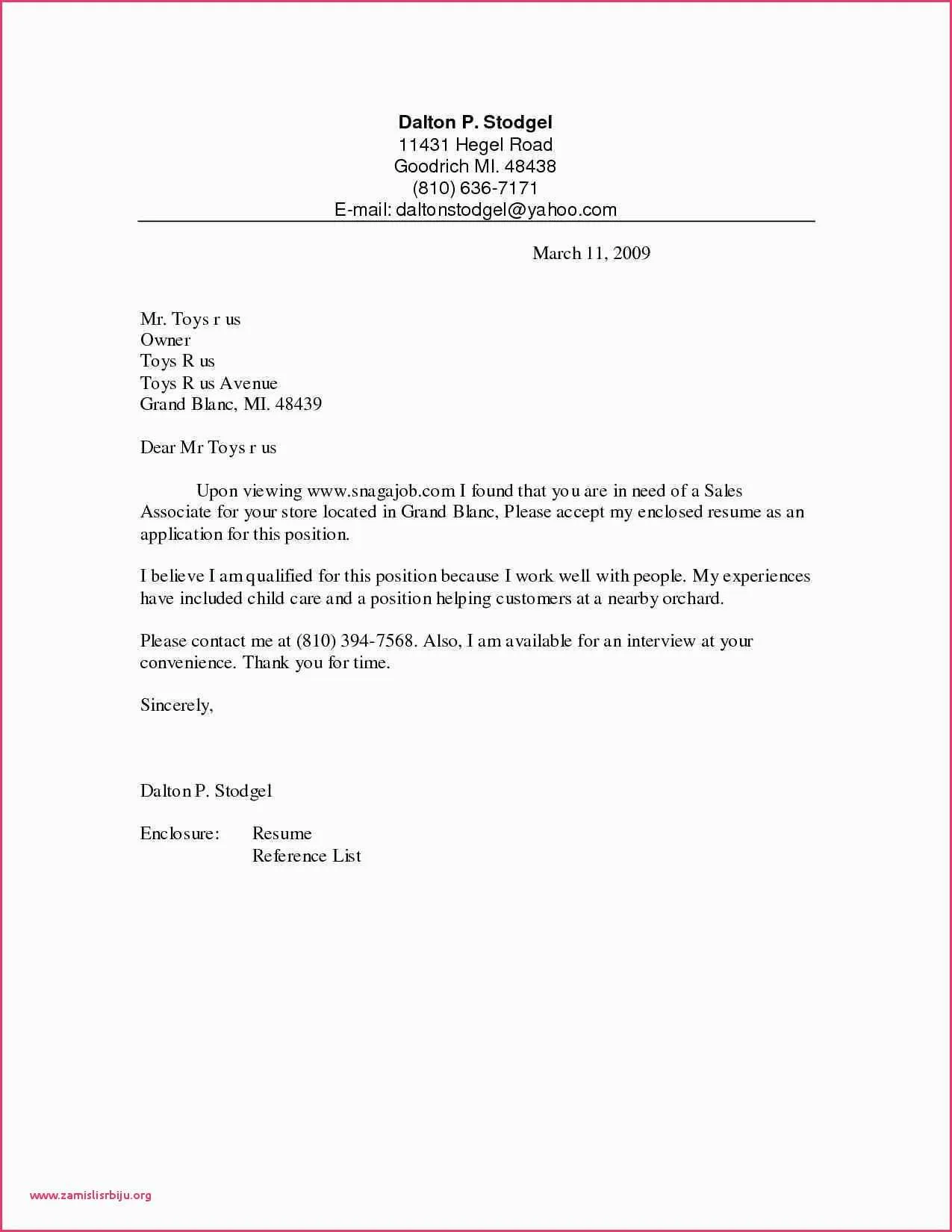
While a cover letter should provide enough detail to highlight your skills and experience, it’s important to keep it concise. Aim for a length of no more than one page. Hiring managers are often very busy and don’t have time to read lengthy documents. Every word should serve a purpose. Be clear, direct, and get to the point. Avoid jargon and unnecessary details. Focus on conveying the most important information in the most effective way possible. Every sentence should communicate your key accomplishments and skills. Keeping your cover letter concise shows respect for the hiring manager’s time and increases the likelihood that your application will be read and remembered.
Proofreading Your Letter
Proofreading your cover letter is the final, essential step in the writing process. A well-written cover letter can be ruined by typos and grammatical errors. Errors can give the impression that you’re careless and that you don’t pay attention to detail. Proofread your letter carefully, paying attention to spelling, grammar, and punctuation. It’s helpful to read your letter aloud, as this often helps you catch mistakes that you might otherwise miss. Use spell-check and grammar-check tools, but also have someone else review your letter. Getting a second pair of eyes on your application is invaluable. A polished cover letter with zero errors will leave a positive impression on the hiring manager.
Common Mistakes to Avoid
Avoiding common mistakes can significantly increase your chances of success. One of the biggest mistakes is sending a generic cover letter. Always tailor your letter to the specific job you’re applying for. Make sure the letter is formatted correctly. Avoid using a generic opening phrase. Do not include any information that is already in your resume. Do not use slang or casual language. Do not exceed one page in length. Proofread everything carefully. Correcting those common mistakes will help you stand out from the competition. By avoiding these pitfalls, you demonstrate professionalism and increase the chances of making a positive first impression.
